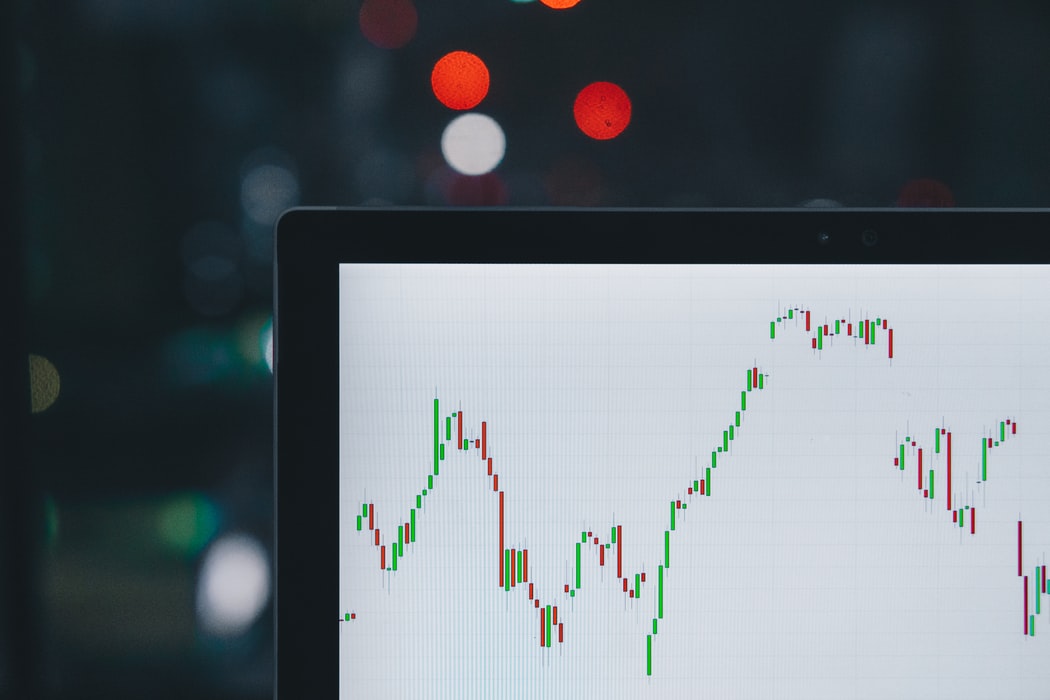10 steps to building a winning trading plan

Planning is the most crucial part of any business activity. Without a strong plan, a business finds it difficult to achieve its desired goals and objectives. All experienced and successful traders make and follow a plan for their trading activities. A well-designed trading plan in black and white is the first step directed towards your success as a trader. Financial markets such as forex require a great deal of time, research, and effort to develop a trading plan that would suit the trader the best and work for him. Although it does not guarantee success to traders, it sets the foundation for an effective market presence.
Trading in forex is no doubt a business activity, and for gaining success in this market, you need to treat it as a business. Some traders think that after purchasing a charting program, opening an account at the best online forex brokers, and reading some books, they are all set up for a successful career in forex trading. However, the reality is that these things are not enough despite being essential. For saving yourself from facing a disaster in the market in the form of losing all your money, you must have a plan before entering the forex market.
Essentials of a trading plan:
A forex trading plan must always be in black and white. It must be clear and free from any kind of ambiguity. It must neither be too flexible nor too rigid. You must not allow changes during trading but have room for reevaluation once the markets are closed. You can make changes in your plan once you get some experience in the market and see improvement in your performance and enhancement in your skills. Another important thing is that you should write your own trading plan because you are well aware of your nature, objectives and abilities. It is better to avoid utilizing a trading plan of some other trader.
Following are the steps that lead to a successful forex trading plan that would work for you:
Risk Tolerance Assessment:
Assessing your risk tolerance is the most important step for formulating a trading plan because it has a major impact on aspects of your trading, such as the trading strategy you follow and risk management. A trader can either be risk-averse or risk-tolerant based on his tolerance of risk.
Risk-averse traders are those who do not like to take large risks while trading. As they get involved in trades with smaller risks, their returns are also small, and thus they make fewer profits but keep their losses controlled. Due to their trading practice, risk-averse traders grow steadily in forex trading.
Risk tolerant traders, on the contrary, are those with a high-risk tolerance. They usually have a more aggressive trading strategy as they are capable of taking high risks. Consequently, their profit margins and returns are also increased, and they grow in a speedy manner. Similarly, their potential losses are also high.
Assessing risk tolerance level is essential and challenging and requires a lot of time and attention.
Assess your skills:
Assessing and identifying your skills is very important for traders. You must know the range of your capabilities, and most importantly, you must have tested them before. After testing, you should have confidence in them working in real market conditions before entering a trade. Your skill assessment will tell you whether or not you are ready for trading in the forex market. If you have a plan aligned with your skillset, you have more probability of saving yourself from bigger losses.
Assess your market knowledge:
This is yet another important step in developing a trading plan. You should know how much relevant market knowledge you have for helping you with forex trading. Check your level of knowledge about the market you want to trade in. Take an evaluation of your expertise in the fields of markets and asset classes.
Identify your trading strategy:
Another significant step in developing a successful trading plan is identifying your trading strategy. This means defining the strengths as well as weaknesses of your strategy. Every trading strategy cannot be perfect. Some experienced traders even go for multiple strategies according to the position of the market. In the same manner, you can have various methods for different situations.
Keep a trading journal:
Keeping and maintaining a trading journal on a regular basis must be an essential part of your forex trading plan. Trading journals play a vital role in improving your trading performance as they provide you with written records of all your trading activities in detail.
Identify market environment:
Markets behave differently in different environments like downtrends, sideways-moving or up trends. The traders must learn certain characteristics of different market environments before heading towards forex trading. Successful traders are those who design their trading strategy according to the existing market environment and take decisions accordingly. They include it in their trading plan also.
Define entry and exit points:
An effective trading plan must have rules to define your entry and exit levels in a trade. Once you find a trade aligned with your trading strategy, you can then follow your entry and exit rules to identify points at which you would enter the market, cut losses and take profits.
Define maximum risk per trade:
This is a significant step to follow and add to your trading plan. You must set an amount of potential loss in trade and should not let your actual loss exceed that in any way. The risk per trade is assessed according to the volume of your trading account. The larger the account, the lower should be the risk and vice versa.
Use pending orders:
Do not be reluctant to use pending orders when and where necessary. They allow you to enter a trade without the need to stick to the computer all day long. Pending orders that you can use in trading can be sell limits, buy limits, sell stops and buy stops.
Observe market correlation:
Keenly observe the correlation between different markets that are separate from forex but actually closely related and have an impact on forex trading. Watch how a fluctuation in those markets impact forex and draw meaningful conclusions from your observations to make them a part of your trading plan.



